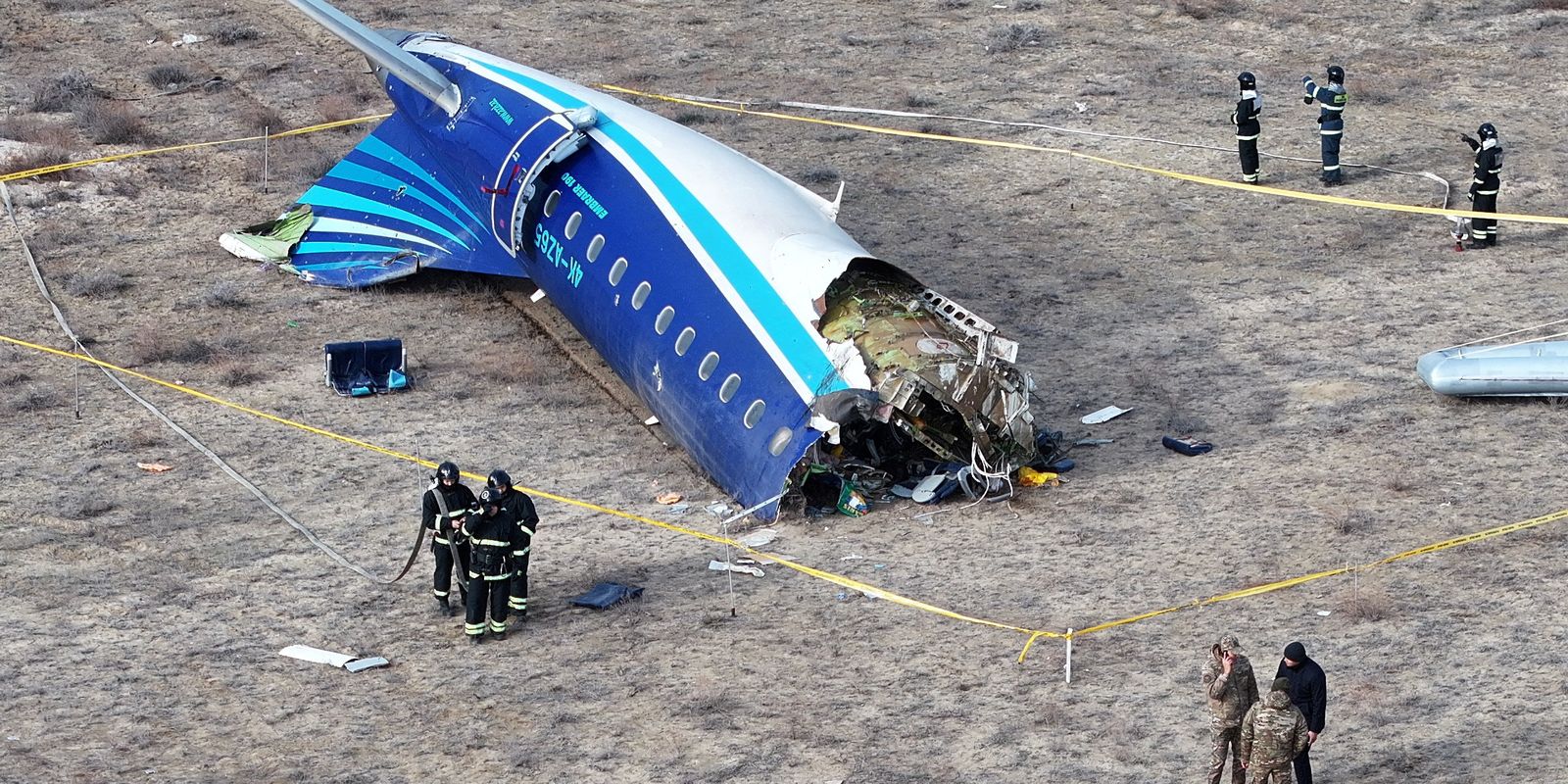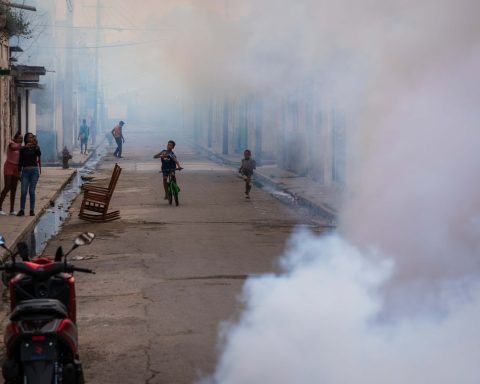Professionals from the Aeronautical Accident Investigation Center (Cenipa) of the Brazilian Air Force, in Brasília (DF), began, this Thursday (2), the analysis of the black boxes of the Embraer 190 plane (registration number 4k-AZ65), that fellon the 25th, in the city of Aktau, Kazakhstan. The accident caused the deaths of at least 38 people. There were 67 on board, including five crew. The Brazilian-made aircraft, operated by Azerbaijan Airlines, took off from Baku, in Azerbaijan, and was destined for the city of Grozny, in Russia.
The black boxes contain recordings of data and voice communications during the flight and are considered essential for identifying the causes of the accident. The Air Force informed, in a press release, that the “extraction, acquisition and validation of the data contained in the flight recorders will occur in the shortest possible time”. The work is carried out in the Cenipa flight recorder data reading and analysis laboratory.
Joint work
The FAB informed that the work will be monitored by three researchers from Kazakhstan, in addition to technicians invited by that country, three from Azerbaijan and three from Russia. The institution also added that the conclusions published in the final report of this aeronautical investigation are “the sole responsibility of the Kazakhstan Investigation Authority”. Therefore, the work is carried out in conjunction with the entity that investigates accidents in that country, which is linked to the ministry of transport.
This week, too, Cenipa defended that the investigative actions by the Brazilian body are an international reference. “The mastery of animation technologies in virtual reality in three dimensions (3D), with complete visualization of the flight, allows researchers to understand with greater accuracy various parameters such as the aircraft’s trajectory, speed, altitude, system operation and the operation of controls flight,” explained the Air Force.
According to what was reported by international news agencies, the aircraft, on its way, ended up deviating from its original route until it crashed on the opposite side of the Caspian Sea. There are suspicions that the jet was hit by Russian anti-aircraft defenses, which were attacking Ukrainian drones.


















